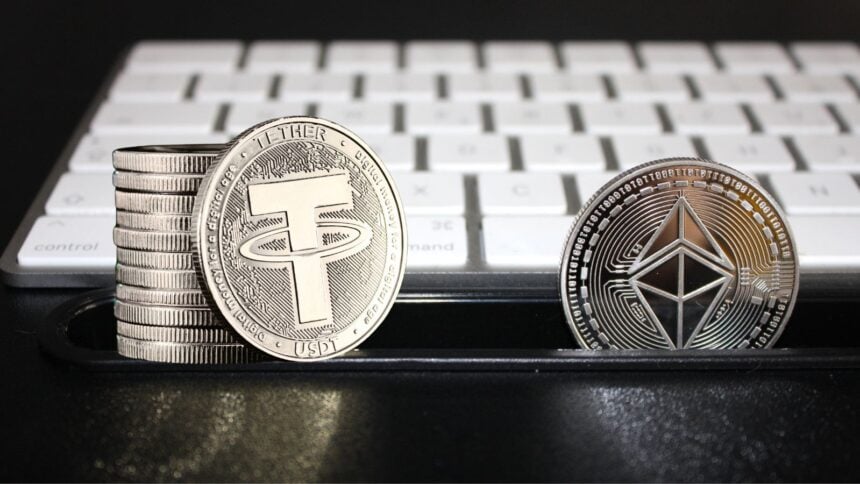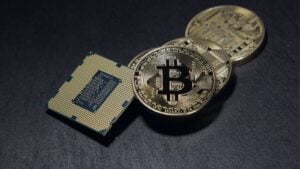Whale Alert recorded that $10,301,346 USDT was frozen on the Ethereum network on Thursday, citing an on-chain transaction at 13:41 UTC.
The alert points to a contract level action that halted movement of the tokens tied to a specific address. The reason for the freeze was not immediately disclosed by the parties involved, and no additional details were available at press time.
Tether’s USDt contract includes administrative functions that allow the issuer to blacklist addresses and prevent transfers when it determines intervention is required.
This tool has been used in past cases that ranged from suspected illicit finance to court ordered actions. While supporters argue the capability helps align stablecoins with regulatory expectations, critics say it concentrates power in a single entity and introduces counterparty risk that does not exist in permissionless assets like bitcoin.
The address in question qualifies as a whale in common crypto parlance, given the size of the frozen balance.
They tend to trigger short bursts of on-chain repositioning as counterparties evaluate exposure to impacted wallets and as market makers adjust liquidity across exchanges and DeFi pools.
Stablecoins sit at the center of crypto trading, cross-exchange arbitrage, and dollar denominated settlement. When an issuer freezes funds, it underscores a key trade off for users who choose convenience and price stability in exchange for centralized oversight.
It can influence risk assessments for funds, trading desks, and treasuries that park idle cash in stablecoins or lend them into liquidity pools.
The hidden risk crypto holders face without a hardware wallet, and how self-custody can reduce exposure to third-party decisions. Self-custody is not a cure-all, but it does narrow the set of risks to those you directly control.
Policy proposals in Washington and elsewhere have pushed for clearer rules around stablecoin reserves, disclosure, and enforcement cooperation. A recent example is a plan to transform the US crypto market that would formalize oversight while preserving room for innovation.
The more prescriptive the framework, the more frequently issuers may be expected to use their freeze tools, especially when law enforcement or sanctions regimes are involved.
Some echo prior controversies around token controls, such as cases where projects froze early investor tokens after governance disputes or security concerns.


















